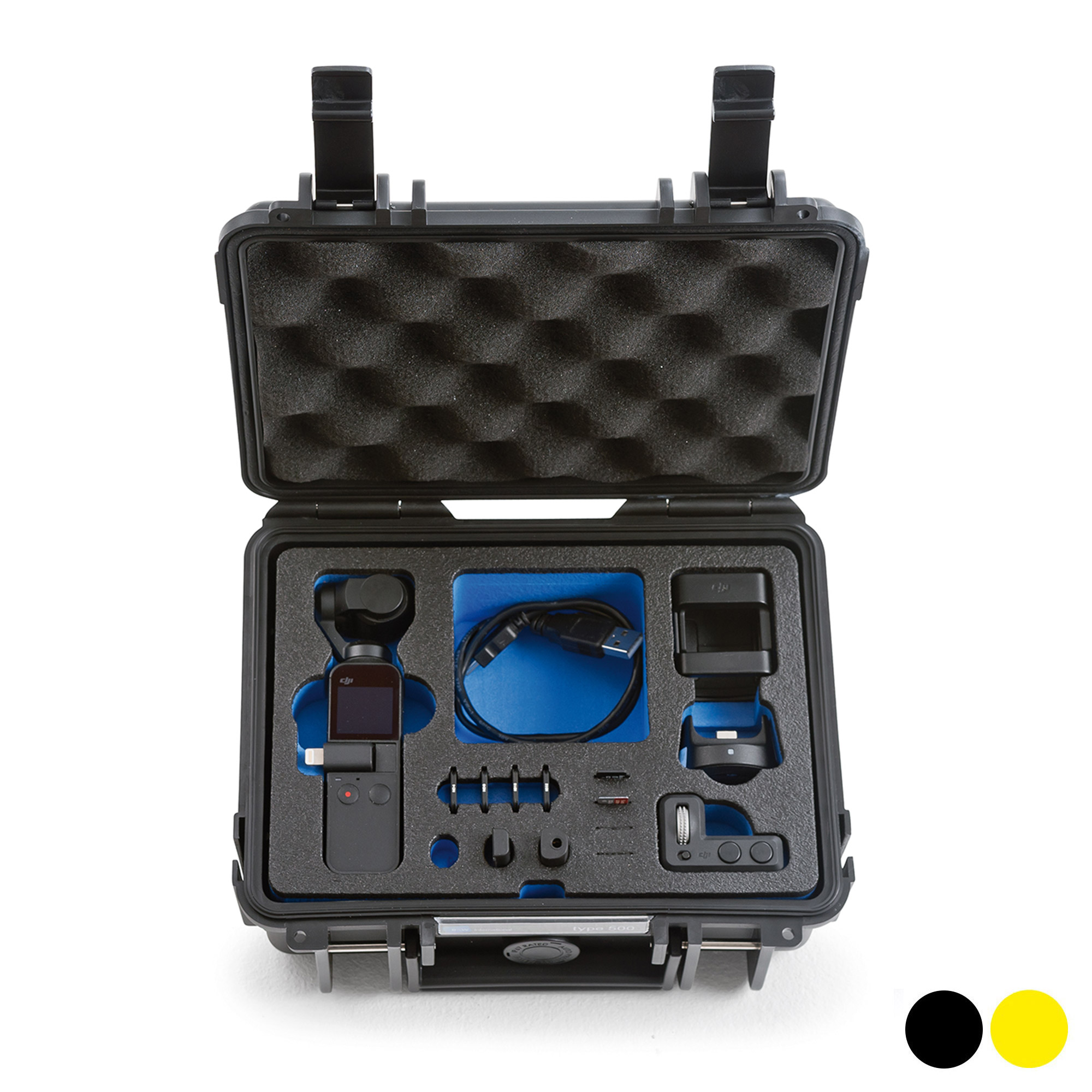


I'd use the 360 camera to capture unique perspectives, and wouldn't rely on the camera to shoot in a log profile for squeezing more dynamic range out of the frame. I don't think I'd be shooting in log with the One X2, or any 360 camera for that matter. If you're trying to grade both of these cameras side by side, I'd choose the Pocket 2's footage, but here's the thing. 8-bit log won’t allow you much room for color grading, but the Pocket 2 is much easier to grade since it has a narrower field of view with the same bitrate as the one x2's 360 view. Picture Profilesīoth cameras have log profiles, at 8-bit. The Pocket 2 is better from a pure quality standpoint, but the ability to reframe your shots after the fact may be more important to you than image quality. The Pocket 2 covers 93 degrees, so the video appears to be of higher quality when viewing it side by side. Both cameras have 100 megabits per second video, but again the One X2's bitrate and resolution is spread across the entire 360-degree frame. For shooting wide-angle steady cam footage on the One X2, the maximum resolution is 1440p at 50fps. The Pocket 2 can shoot up to 4K at 60 frames per second, while the One x2 can shoot 5.7K at 30 frames per second or 3k 100 frames per second, but these resolutions for the entire 360 view. Resolutions & Frame RatesĪnother difference is these cameras are resolutions and frame rates. One focal length isn't better or worse than the other and this comes down to personal preference and what you'll be using these cameras for. The One X2 can also reframe and crop in on the footage in post, but you'll be losing some quality. If you prefer the wider field of view, the One x2 will allow you to get much closer to your subjects while keeping them in the frame with the wider field of view. If you want high-quality natural-looking footage, the Pocket 2 will give you that look. 20 vs 7mm is a big difference when you're putting the footage side by side. The One x2 has a 7.2mm full-frame equivalent lens. The Pocket 2 has a 93-degree field of view, which is a 20mm full-frame equivalent. The next huge difference is the quality and focal length.
#DJI OSMO POCKET 360 VR PHOTO BLUETOOTH#
In my opinion, the Pocket 2 should have at least Bluetooth and WiFi added to the base camera without the need for accessories, but this can also be nice for some users to save some money if they won’t be using the camera with the Mimo app and need the mic jack the handle provides. The One X2 base camera is more expensive but has wifi and Bluetooth built-in. The do it all handle for the Pocket 2 allows you to control the camera remotely, but that’s an additional purchase. Both cameras have apps and can shoot photos, videos, and time-lapses. The app has auto-tracking and can do much of the editing for you, but that’s something to keep in mind. There is some level of editing that needs to happen with 360 videos.

The Insta360 app on your phone or computer allows you to reframe, track, zoom, stabilize and do some effects to your footage, but in general, you cant share your 360 footage straight out of the camera. It sounds basic to mention that, but if you’ve never used a 360 camera before, this is something you’ll have to get used to. The One X2’s framing is done in the edit, while the Pocket 2 is more of a traditional camera as in what you film is what you get. This is a huge dynamic shift when using these two cameras. The One X2 films everything around it, while the Pocket 2 only films what’s directly in front of the lens. The first major difference between these cameras is the way they film. The accessories that these kits provide you with make your filming life much easier with both of these cameras.

I’ll be comparing the cameras in this article, but for what it’s worth - I think it’s worth buying a kit for both of these cameras. The Pocket 2 camera only retails for 350 or 500 for the creator kit. A kit will cost between 460 and 570 dollars, depending on the kit. First things first, when it comes to price, the One X2 retails for $430 USD for just the camera.


 0 kommentar(er)
0 kommentar(er)
